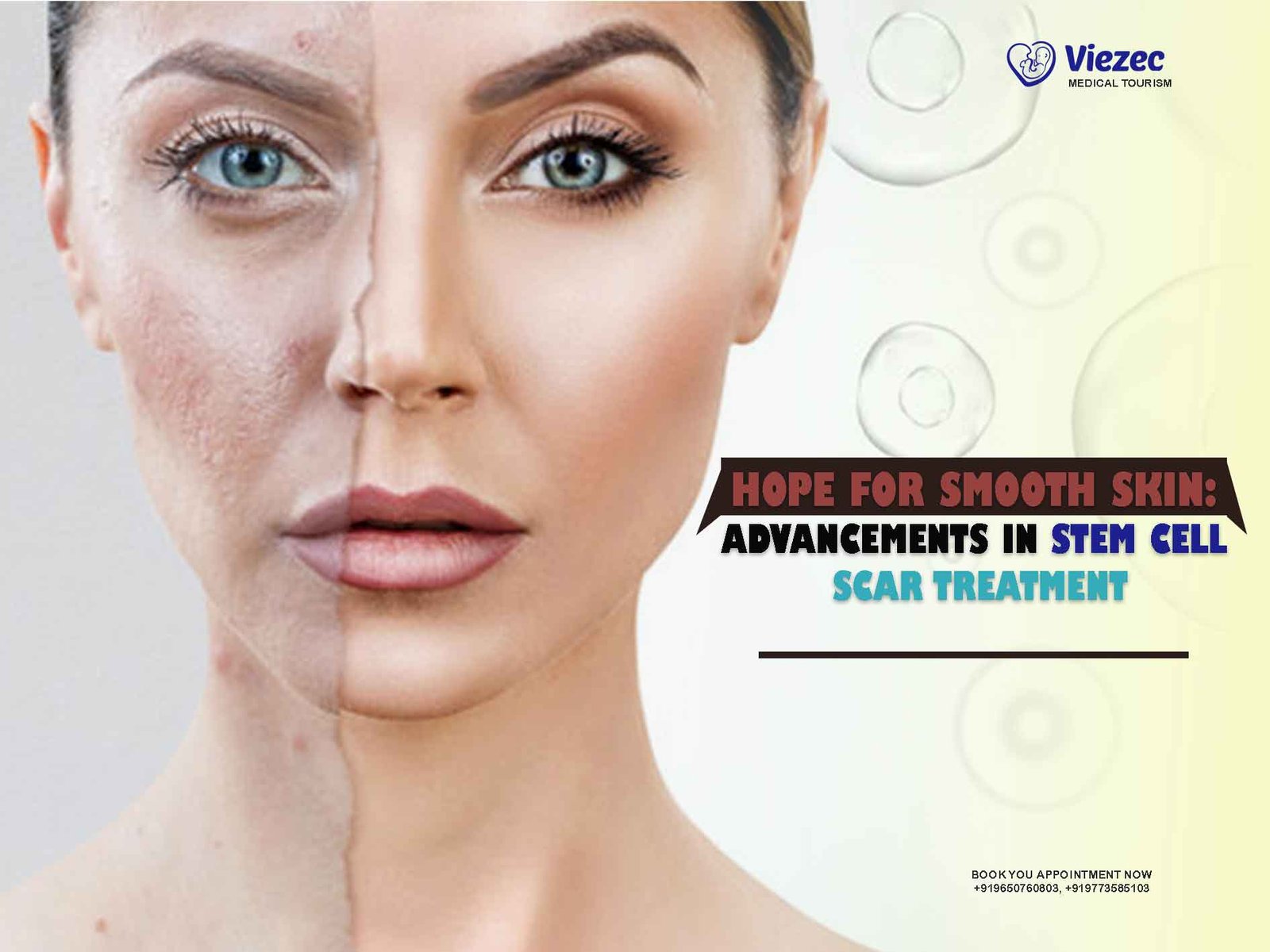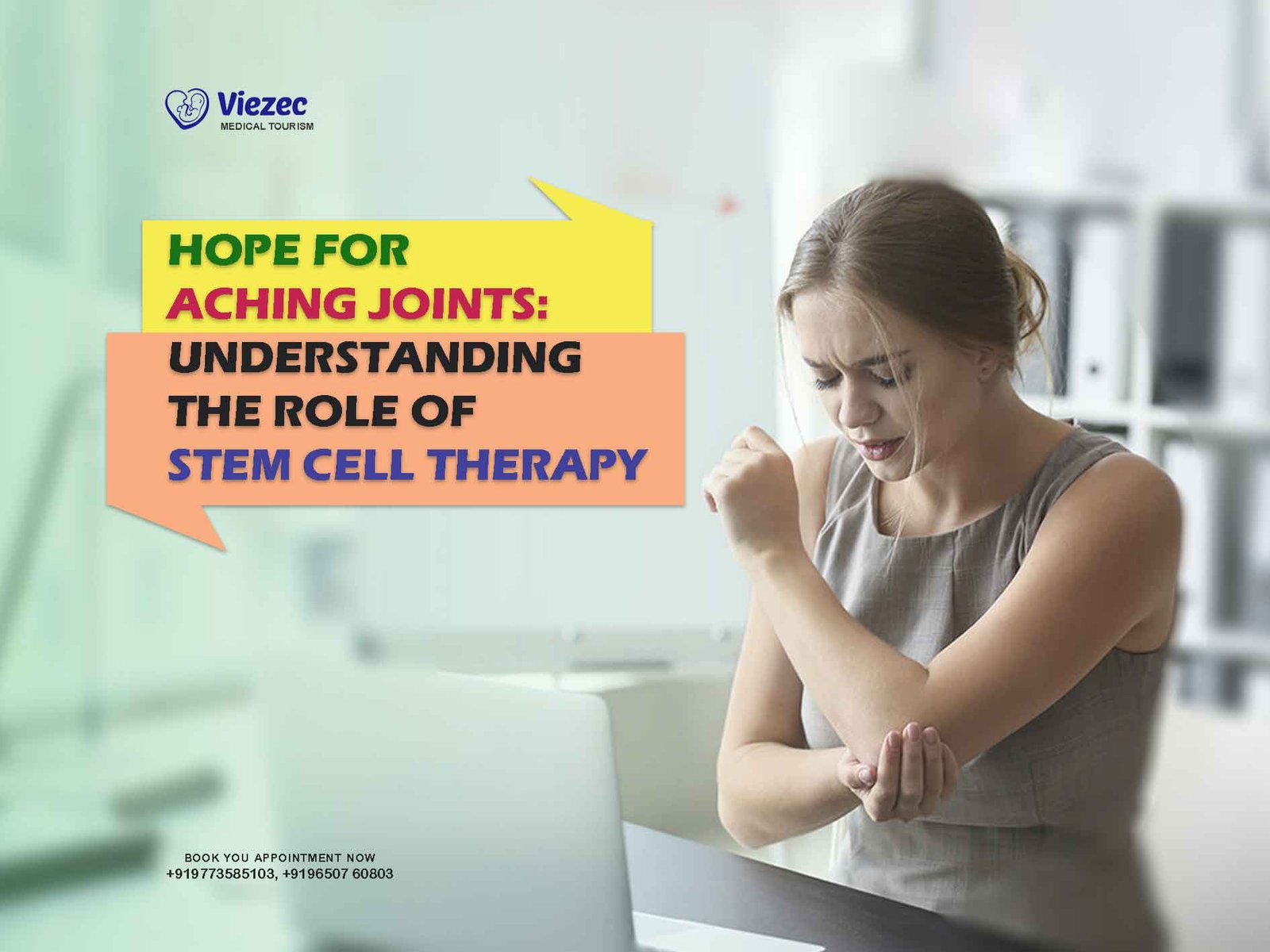Scars have long been an unwelcome reminder of injuries, surgeries, or skin conditions, often causing physical and emotional distress. Despite various treatment options available, achieving smooth, scar-free skin remains a challenge. However, recent advancements in stem cell therapy offer promising prospects in scar treatment, providing hope for individuals seeking effective solutions to diminish the appearance of scars. We will explore the landscape of stem cell-based scar treatment, delving into its mechanisms, current applications, challenges, and future directions.
Understanding Scars: The Nature of the Beast
Before delving into stem cell therapies, it’s crucial to understand the nature of scars. Scars are a natural part of the body’s healing process following injury, surgery, or skin conditions like acne. They form when the dermis, the deeper layer of the skin, is damaged, triggering the production of collagen fibers to repair the wound. However, the composition and alignment of collagen fibers in scar tissue differ from those in normal skin, resulting in a visible and often raised or depressed mark.
Types of Scars
- Hypertrophic Scars: These scars are raised and may appear red or purple. They develop when the body produces an excess of collagen during the healing process.
- Keloid Scars: Keloids are similar to hypertrophic scars but extend beyond the original injury site. They can be itchy, painful, and may continue to grow over time.
- Atrophic Scars: These scars appear as depressions in the skin and are often the result of conditions like acne or chickenpox, where tissue is lost during the healing process.
Traditional Scar Treatment: Limitations and Challenges
Traditional scar treatment methods include topical creams, laser therapy, corticosteroid injections, and surgical procedures like scar revision. While these approaches can improve the appearance of scars to some extent, they often come with limitations and challenges.
Limitations of Traditional Treatments
- Incomplete Resolution: Many traditional treatments only provide temporary or partial improvement, failing to completely eliminate scars.
- Risk of Side Effects: Surgical interventions carry risks such as infection, bleeding, and adverse reactions to anesthesia. Similarly, corticosteroid injections may cause skin thinning or changes in pigmentation.
- Invasive Procedures: Surgical procedures for scar revision involve cutting and removing scar tissue, which can result in additional scarring or prolonged recovery periods.
Challenges in Scar Treatment
- Diversity of Scars: Scars vary in size, type, and location, making it challenging to develop a one-size-fits-all treatment approach.
- Limited Efficacy: Some scars, particularly keloids and atrophic scars, are notoriously difficult to treat and may not respond well to traditional therapies.
- Patient Compliance: Topical treatments require consistent application, which may be challenging for some patients, leading to suboptimal results.
The Promise of Stem Cell Therapy
Stem cell therapy holds immense promise in scar treatment due to its regenerative potential and ability to modulate the wound healing process. Stem cells have the unique ability to differentiate into various cell types and release signaling molecules that promote tissue repair and regeneration. In the context of scar treatment, stem cells offer several advantages over traditional approaches.
Mechanisms of Action
- Cell Differentiation: Stem cells can differentiate into fibroblasts, the cells responsible for producing collagen in the skin, promoting the regeneration of healthy tissue.
- Paracrine Signaling: Stem cells secrete growth factors, cytokines, and extracellular vesicles that modulate inflammation, promote angiogenesis (formation of new blood vessels), and stimulate tissue regeneration.
- Immunomodulation: Stem cells regulate the immune response, reducing inflammation and preventing excessive scar formation.
Types of Stem Cells Used in Scar Treatment
- Mesenchymal Stem Cells (MSCs): MSCs are multipotent stem cells found in various tissues, including bone marrow, adipose tissue, and umbilical cord blood. They have been extensively studied for their regenerative properties and immunomodulatory effects.
- Adipose-Derived Stem Cells (ADSCs): ADSCs are a type of MSCs isolated from adipose tissue. They are readily available through minimally invasive procedures like liposuction and offer a rich source of regenerative cells.
- Embryonic Stem Cells (ESCs): ESCs are pluripotent stem cells derived from the inner cell mass of embryos. While they possess the highest differentiation potential, ethical considerations and technical challenges limit their clinical use.
- Induced Pluripotent Stem Cells (iPSCs): iPSCs are generated by reprogramming adult somatic cells to a pluripotent state. They offer a personalized approach to regenerative medicine but require careful characterization and quality control.
Current Applications of Stem Cell Therapy in Scar Treatment
Stem cell-based therapies have shown promising results in preclinical and clinical studies for various types of scars, including hypertrophic scars, keloids, and atrophic scars.
Preclinical Studies
- Animal Models: Animal studies have demonstrated the efficacy of stem cell therapy in reducing scar formation, promoting wound healing, and improving skin regeneration. MSCs and ADSCs have shown particular promise in accelerating wound closure and modulating the inflammatory response.
- Mechanistic Insights: Preclinical research has provided valuable insights into the underlying mechanisms of stem cell therapy, highlighting the importance of paracrine signaling, immunomodulation, and cell differentiation in scar reduction.
Clinical Trials
- Safety and Feasibility: Clinical trials have demonstrated the safety and feasibility of stem cell-based therapies in scar treatment. Early-phase studies have shown promising results in reducing scar size, improving skin texture, and restoring function without significant adverse effects.
- Combination Therapies: Some clinical trials have explored the synergistic effects of combining stem cell therapy with traditional treatments such as laser therapy or surgical excision. Combining modalities may enhance treatment outcomes and improve patient satisfaction.
Challenges and Considerations
While stem cell therapy holds immense promise in scar treatment, several challenges and considerations must be addressed to optimize its efficacy and safety.
Regulatory Hurdles
- Standardization: There is a lack of standardized protocols for isolating, characterizing, and administering stem cells, leading to variability in treatment outcomes.
- Regulatory Approval: Stem cell therapies are subject to regulatory scrutiny due to concerns regarding safety, efficacy, and ethical considerations. Obtaining regulatory approval for clinical use requires rigorous preclinical testing and clinical validation.
Technical Considerations
- Optimal Cell Source: Identifying the optimal source of stem cells for scar treatment remains a subject of debate. While MSCs derived from bone marrow and adipose tissue are commonly used, other sources such as umbilical cord blood and placental tissue offer potential advantages.
- Delivery Methods: The route of administration and delivery method of stem cells play a crucial role in their therapeutic efficacy. Direct injection, topical application, and scaffold-based delivery systems are being explored to enhance cell retention and survival at the target site.
Clinical Considerations
- Patient Selection: Not all patients may be suitable candidates for stem cell therapy, particularly those with underlying medical conditions or contraindications. Patient selection criteria should be carefully evaluated to ensure optimal treatment outcomes.
- Long-term Follow-up: Long-term studies are needed to assess the durability and safety of stem cell-based therapies in scar treatment. Monitoring for potential adverse effects, including tumorigenesis and ectopic tissue formation, is essential for ensuring patient safety.
Future Directions and Outlook
Despite the challenges and uncertainties surrounding stem cell therapy, ongoing research efforts hold promise for advancing the field of scar treatment.
Personalized Medicine
- Precision Therapies: Advances in stem cell technology, including iPSCs and gene editing techniques, offer opportunities for personalized and precision medicine approaches to scar treatment. Tailoring therapies to individual patient characteristics and genetic profiles may improve treatment outcomes and reduce adverse effects.
- Biomaterial Engineering: Biomaterials play a crucial role in stem cell delivery and tissue regeneration. Engineered scaffolds with controlled release properties and bioactive cues can enhance stem cell engraftment, promote tissue integration, and modulate the wound healing microenvironment.
Translational Research
- Clinical Translation: Bridging the gap between preclinical research and clinical translation is essential for realizing the full potential of stem cell therapy in scar treatment. Large-scale clinical trials with robust study designs and standardized protocols are needed to establish the safety and efficacy of stem cell-based interventions.
- Collaborative Networks: Collaborative networks involving clinicians, scientists, regulatory agencies, and industry partners are essential for advancing stem cell research and accelerating the development of novel therapies. Multidisciplinary approaches that integrate basic science, translational research, and clinical practice are critical for addressing the complex challenges associated with scar treatment.
Make an informed Decision
Stem cell therapy represents a promising frontier in scar treatment, offering regenerative and immunomodulatory properties that can potentially transform the landscape of scar management. While significant progress has been made in understanding the mechanisms and applications of stem cell-based interventions, numerous challenges and considerations must be addressed to realize their full therapeutic potential. By leveraging interdisciplinary collaborations, innovative technologies, and translational research efforts, we can pave the way for safer, more effective, and personalized approaches to achieving smooth, scar-free skin for individuals worldwide.









